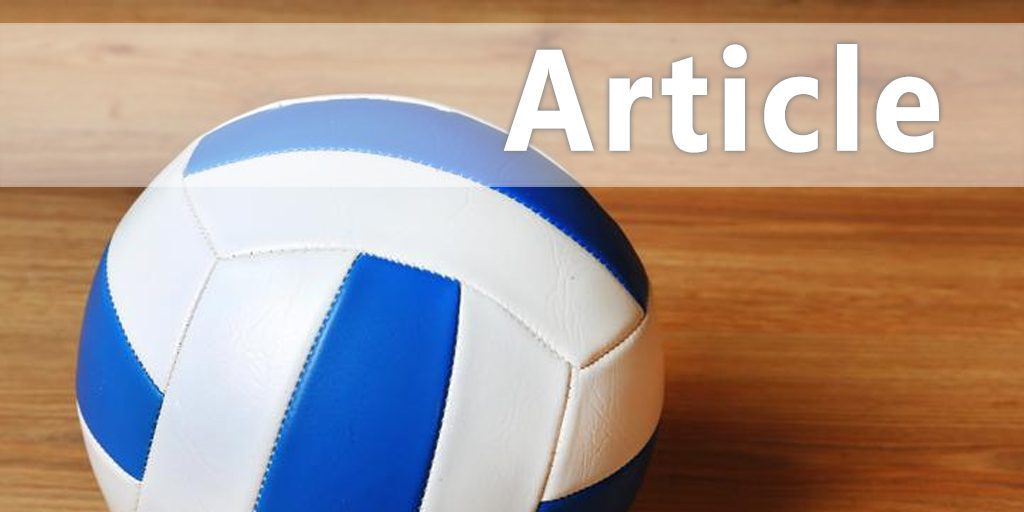|
Volleyball Try-Out Drill Ideas By: John Forman Provided by: Coaching Volleyball
Running volleyball try-outs is obviously about assessing players. Oftentimes, however, it’s also a question of managing a large number of players. If you don’t have to manage a lot of players you can run virtually a regular training session which incorporates drills that cover all of the key things you want to look at in rating the available players. As such, I’m going to focus here on being able to do assessments as efficiently as possible. I’ll do that by providing ideas for drills and games that could be used to look at all the major skills. Warm-up Serving If you want to narrow things down a bit you can take it a step further by introducing a goal. For example, depending on the level of play, you could set an objective of 10 serves in a row, or some number of serves to a given zone. I’d suggest having a time limit to keep a drill from running on too long. If you have the players who reach that objective step out of the drill, you’ll get a good idea of who are the strong vs. weak servers. Passing Setting Hitting Blocking Defense Game-Play If you want to run 6 v 6 and have a large group, you can do a winners type of game whereby you play a game to some small number of points (like 3 or 5). You could also do a wave variation in which you rotate 3-player lines through each few points either from one end or from both ends. Setting Priorities
|






